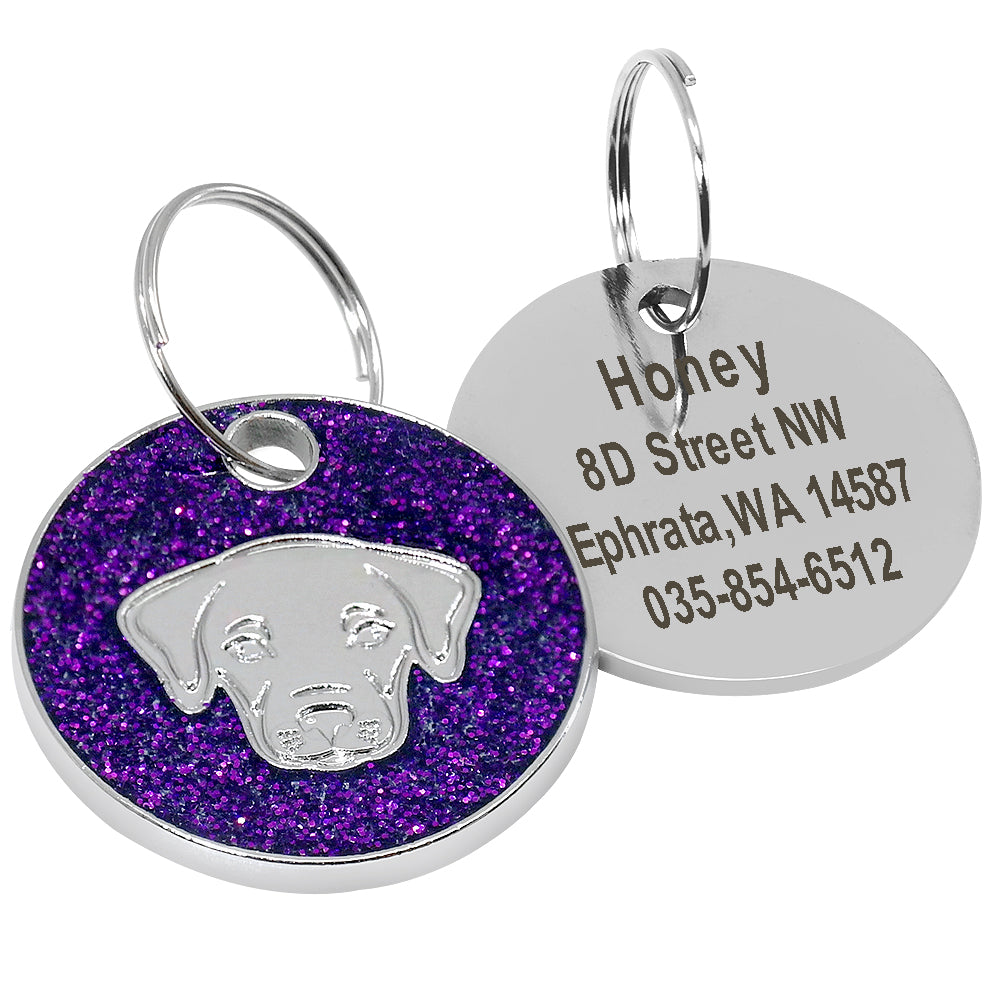


The design of GPS is based partly on similar ground-based radio-navigation systems, such as LORAN and the Decca Navigator, developed in the early 1940s.

The work of Gladys West is credited as instrumental in the development of computational techniques for detecting satellite positions with the precision needed for GPS.

Getting of The Aerospace Corporation, and Bradford Parkinson of the Applied Physics Laboratory are credited with inventing it. Easton of the Naval Research Laboratory, Ivan A. Department of Defense developed the system, which originally used 24 satellites, for use by the United States military, and became fully operational in 1995. The GPS project was launched in the United States in 1973 to overcome the limitations of previous navigation systems, combining ideas from several predecessors, including classified engineering design studies from the 1960s. History Air Force film introducing the Navstar Global Positioning System, circa 1977 GPS constellation system animation As of May 2021, 16 GPS satellites are broadcasting L5 signals, and the signals are considered pre-operational, scheduled to reach 24 satellites by approximately 2027. Consumer devices, like smartphones, can be as accurate as to within 4.9 m (or better with assistive services like Wi-Fi positioning also enabled). GPS receivers that use the L5 band have much higher accuracy, pinpointing to within 30 centimeters (12 in), while high-end users (typically engineering and land surveying applications) are able to have accuracy on several of the bandwidth signals to within two centimeters, and even sub-millimeter accuracy for long-term measurements. When selective availability was lifted in 2000, GPS had about a five-meter (16 ft) accuracy. Japan's Quasi-Zenith Satellite System (QZSS) is a GPS satellite-based augmentation system to enhance GPS's accuracy in Asia-Oceania, with satellite navigation independent of GPS scheduled for 2023. There are also the European Union Galileo navigation satellite system, and India's NavIC.
#TACTICAL DOG TAGS FOR PETS FULL#
Ĭhina's BeiDou Navigation Satellite System began global services in 2018, and finished its full deployment in 2020. GLONASS reception in addition to GPS can be combined in a receiver thereby allowing for additional satellites available to enable faster position fixes and improved accuracy, to within two meters (6.6 ft). The Russian Global Navigation Satellite System ( GLONASS) was developed at the same time with GPS, but suffered from incomplete coverage of the globe until the mid-2000s. As a result, several countries have developed or are in the process of setting up other global or regional satellite navigation systems. However, this practice was discontinued on May 1, 2000, in accordance with a bill signed into law by President Bill Clinton. Congress in 2000.įrom the early 1990s, GPS positional accuracy was degraded by the United States government by a program called Selective Availability, which could selectively degrade or deny access to the system at any time, as happened to the Indian military in 1999 during the Kargil War. Advances in technology and new demands on the existing system have now led to efforts to modernize the GPS and implement the next generation of GPS Block IIIA satellites and Next Generation Operational Control System (OCX). Originally limited to use by the United States military, civilian use was allowed from the 1980s following an executive order from President Ronald Reagan after the Korean Air Lines Flight 007 disaster. The first prototype spacecraft was launched in 1978 and the full constellation of 24 satellites became operational in 1993. Although the United States government created, controls and maintains the GPS system, it is freely accessible to anyone with a GPS receiver. It provides critical positioning capabilities to military, civil, and commercial users around the world. It does not require the user to transmit any data, and operates independently of any telephonic or Internet reception, though these technologies can enhance the usefulness of the GPS positioning information. It is one of the global navigation satellite systems (GNSS) that provides geolocation and time information to a GPS receiver anywhere on or near the Earth where there is an unobstructed line of sight to four or more GPS satellites. The Global Positioning System ( GPS), originally Navstar GPS, is a satellite-based radio navigation system owned by the United States government and operated by the United States Space Force. An Air Force Space Command Senior Airman runs through a checklist during Global Positioning System satellite operations.


 0 kommentar(er)
0 kommentar(er)
